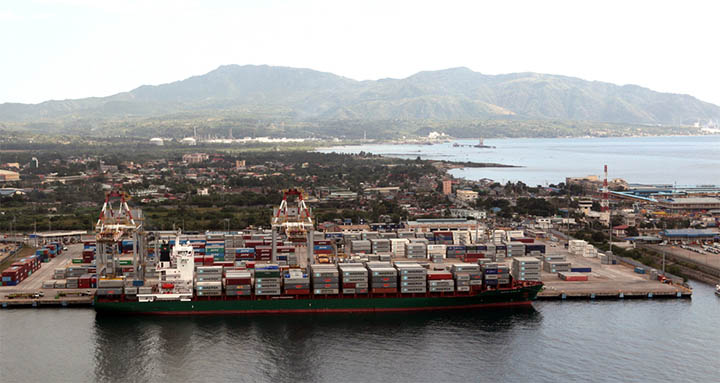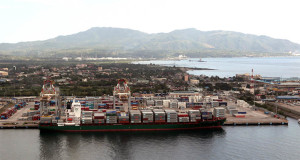

Batangas Container Terminal (BCT) said it sustained its growth momentum in 2015, handling over 130,000 twenty-foot equivalent units (TEUs) of commodities for Southern Luzon industries.
BCT operator Asian Terminals Inc. (ATI), in a statement, said the terminal’s foreign container volume last year grew 34% from over 98,000 TEUs in 2014, the highest throughput thus far in a single year for the maritime gateway of Calabarzon (Cavite, Laguna, Batangas, Rizal, and Quezon).
ATI said the growth was driven largely by BCT’s growing Calabarzon customers “now taking full advantage of a reliable port facility near their factories.”
Volume surge is also credited to the rising number of vessel calls at BCT. In 2015, vessel traffic grew more than 50% to nearly 190 calls from 120 in 2014, led by intra-Asia carrier MCC Transport that directly connects BCT shippers to Hong Kong, Singapore, Taiwan, Indonesia, and other key regional and global markets via two regular weekly services off Batangas.
Shanghai-based SITC Lines also deploys a ship to BCT every week, while Regional Container Lines docks fortnightly.
More shipping lines have expressed an interest to include BCT in their port rotations, ATI noted.
To tap into the growing market and the region’s future potential, ATI will be investing further in the expansion of Batangas Port, starting with the extension of its quay length and crane rails, in line with ATI’s long-term commitment with the Philippine Ports Authority.
This will entail deploying more container-handling equipment such as new quay cranes (QC) and rubber-tired gantry (RTG) cranes to beef up BCT’s current fleet of two QCs, four RTGs, and several reach stackers, empty side loaders, and internal transfer vehicles.




